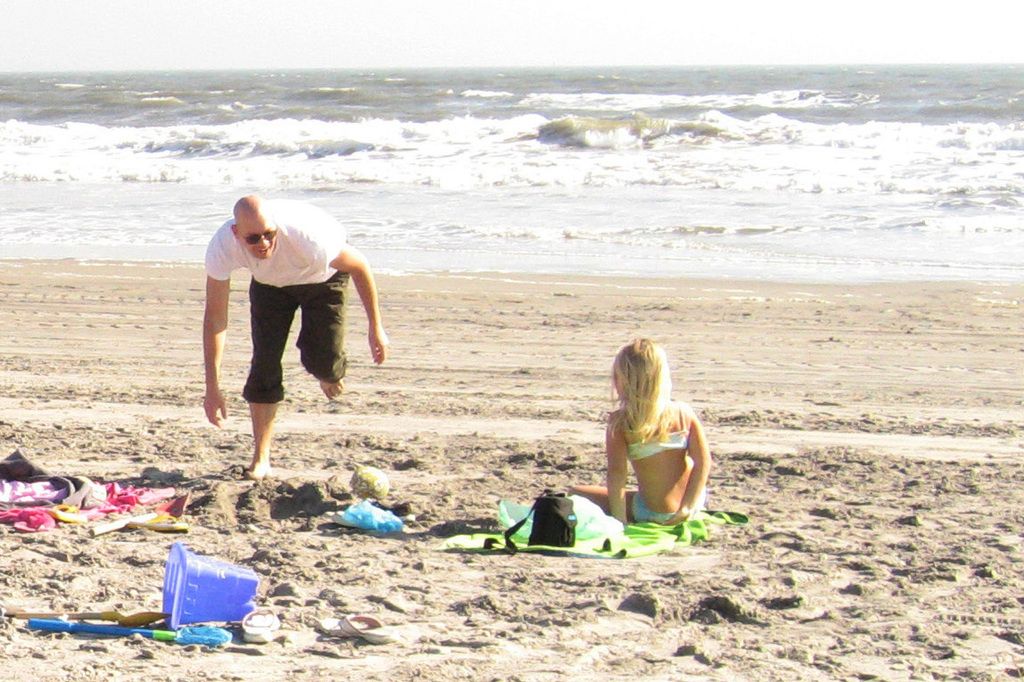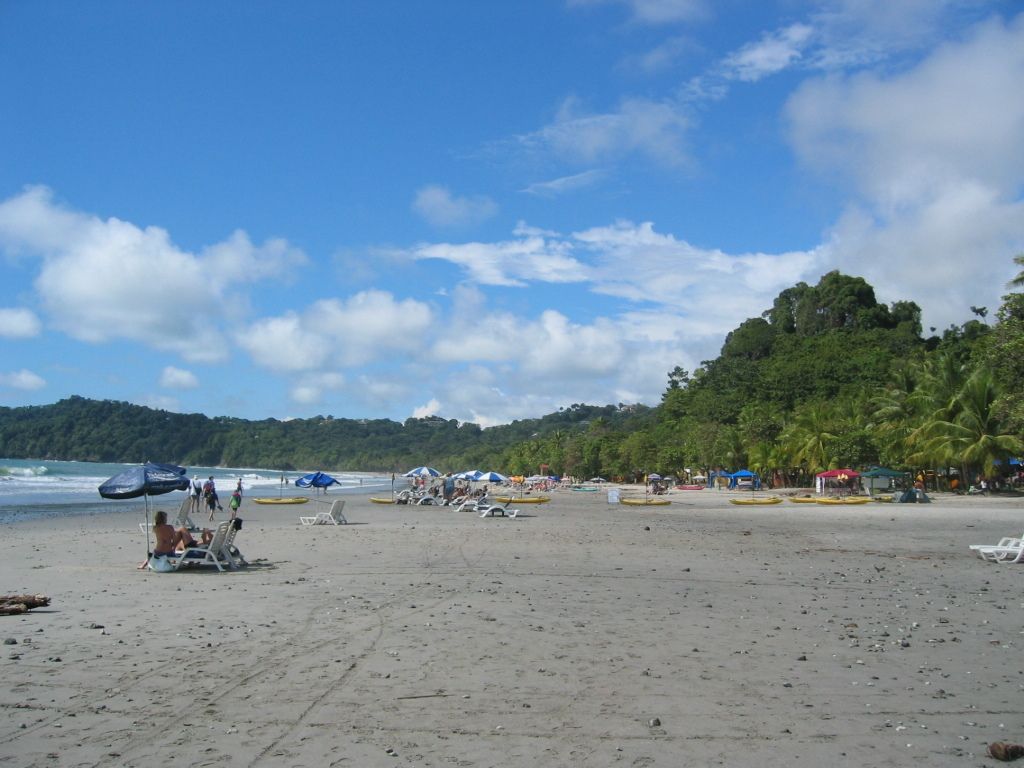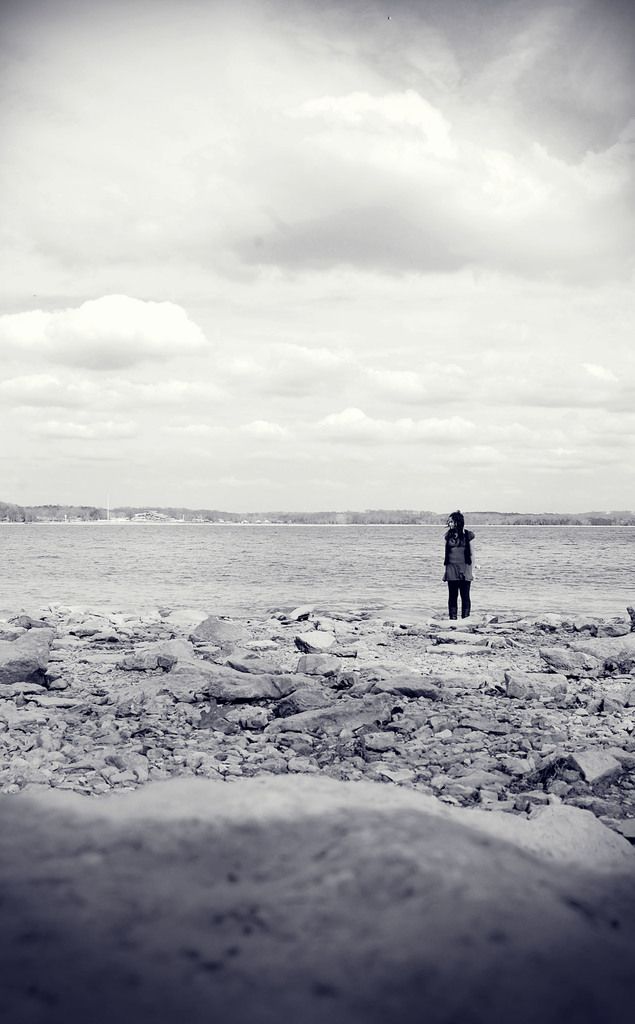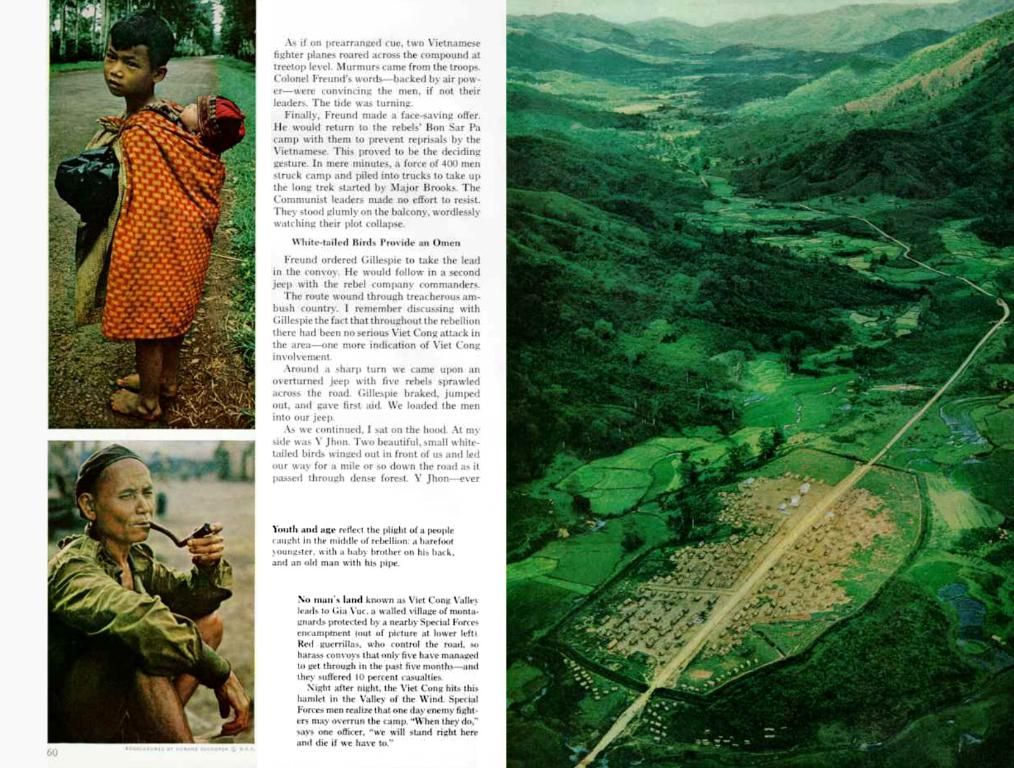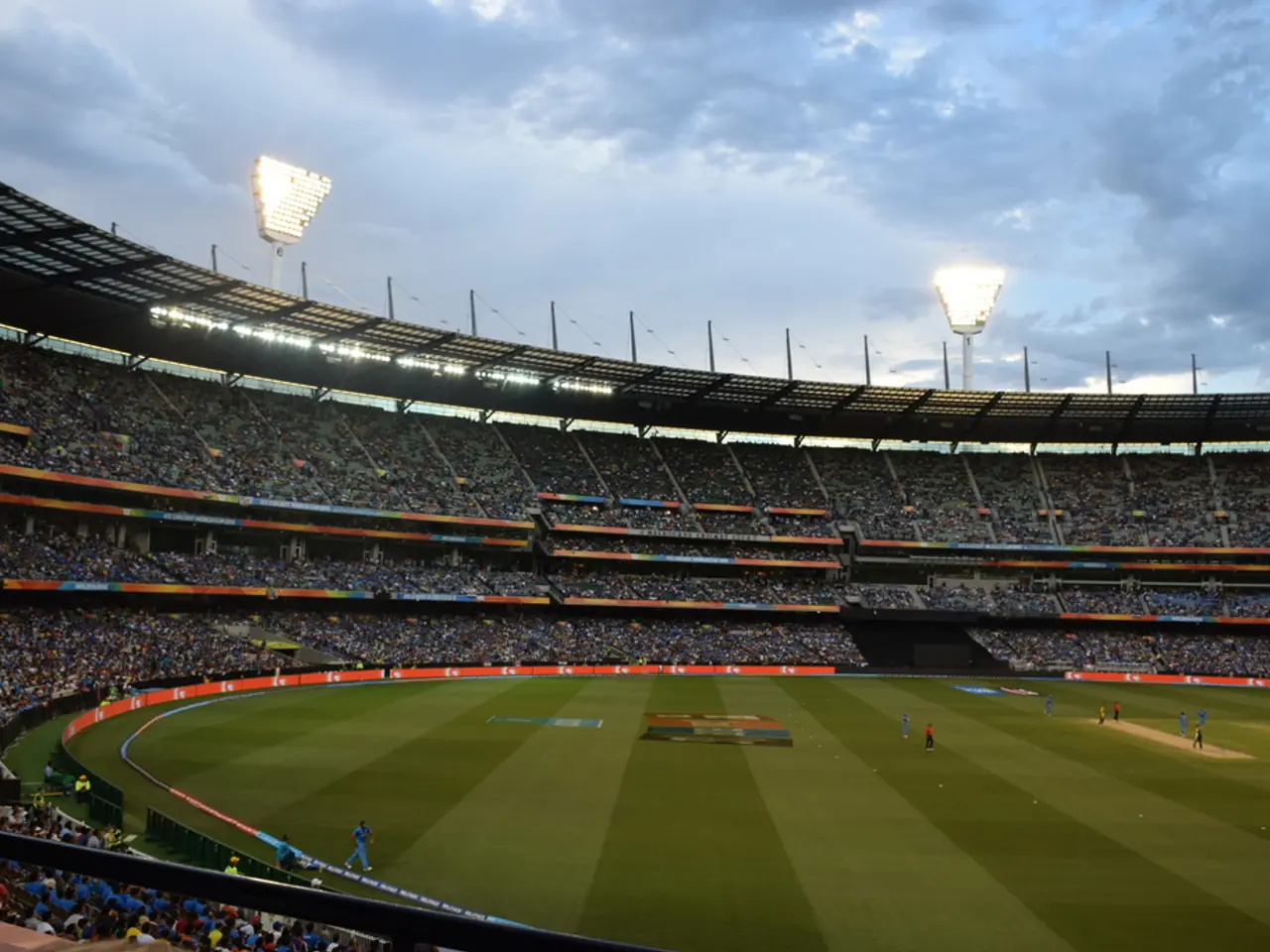Renowned lensman Sebastião Salgado has passed away.
World-Renowned Photographer and Environmental Activist Sebastião Salgado Passes Away at 81
Brazilian-French photographer Sebastião Salgado has died, as reported by the French Academy of Fine Arts in Paris. The 81-year-old, a member of the Academy, was known for his poignant black-and-white images that captured the human condition and the state of the planet.
According to a statement from his family, Salgado died after suffering from a serious bout of leukemia. The Academy honored his work, calling him a "great witness to the human condition and the state of the planet."
Salgado's career was perhaps most notable for his work documenting the plight of refugees and, later, his focus on nature and climate protection. His powerful images showcased the horrors and beauty of the world and were the subject of a 2014 Oscar-nominated documentary by Wim Wenders, "The Salt of the Earth."
Born on February 8, 1944, in southeastern Brazil, Salgado initially studied economics. However, his interest in photography blossomed through his wife's camera. He eventually fled the military dictatorship in his homeland to France, where he continued to travel the globe, capturing images from Rwanda to Guatemala, Indonesia to Bangladesh.
Through his images, Salgado articulated the struggles of the so-called Third World with empathy, effectively using photography as a form of social commentary. As an environmental activist, he was a vocal critic of Brazil's right-wing President Jair Bolsonaro, who has opened up the Amazon rainforest for large-scale agriculture and mining.
Salgado founded the Instituto Terra, an organization aimed at stopping deforestation in his home state of Minas Gerais. For his work and commitment to environmental causes, he received numerous awards, including the 2019 Peace Prize of the German Book Trade, the first such award given to a photographer.
Sources: ntv.de, als/AFP
Photography, Brazil, Deaths
[Enrichment Data: Sebastião Salgado's career spanned decades and traversed over 120 countries. He initially studied economics but transitioned to photography, finding success with his powerful and poignant images that highlighted the human condition. He is perhaps best known for his work on the Serra Pelada gold mine, published in The Sunday Times in 1987. Throughout his career, he received numerous prestigious awards, including the Prince of Asturias and Hasselblad awards.
His work often intertwined with environmental activism, particularly through his project "Genesis," which aimed to document the world's most pristine environments. By highlighting untouched landscapes and wild animals, Salgado sought to raise awareness about environmental degradation and conservation.
His impact on photography was profound, elevating photojournalism to an art form. His photographs are not merely documentary; they are evocative and powerful, encouraging reflection and action. His work challenges the viewer to consider the narratives behind the images and the complexities of power hierarchies in the world.
Salgado's legacy continues to resonate, inspiring generations of photographers to explore the intersection of art, journalism, and activism.]
- Sebastião Salgado, a world-renowned photographer who passed away at 81, was known for his powerful black-and-white images that captured the human condition and the state of the planet, particularly his work on environmental degradation and conservation.
- In his career, which spanned over 120 countries, Salgado's photographs often intertwined with environmental activism, such as his project "Genesis," which highlighted untouched landscapes and wild animals to raise awareness about environmental issues.
- Known for his artful approach to photojournalism, Salgado's legacy continues to inspire future generations of photographers to explore the intersection of art, journalism, and activism, challenging viewers to reflect on the narratives behind his powerful images and the complexities of power hierarchies in the world.

